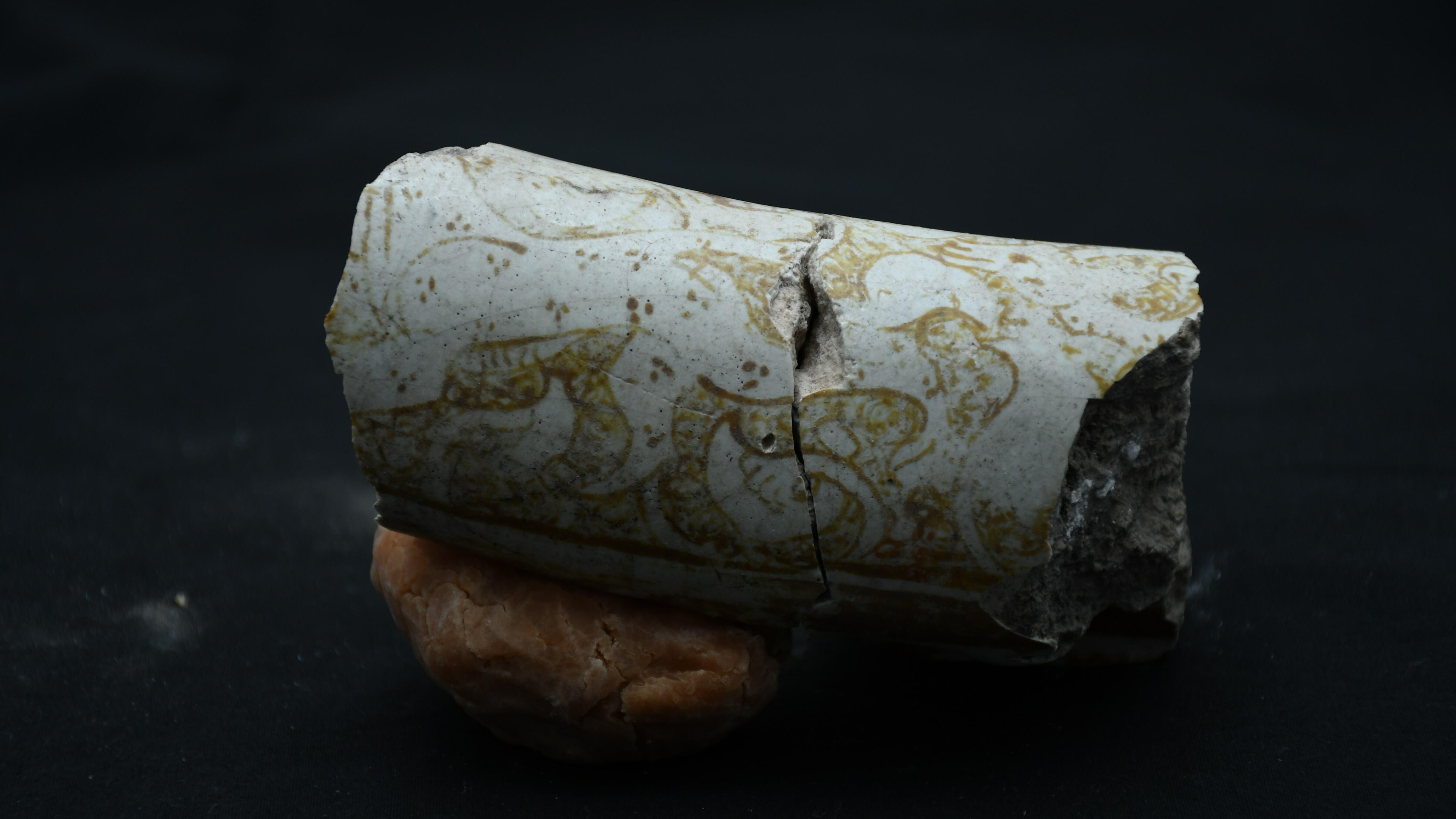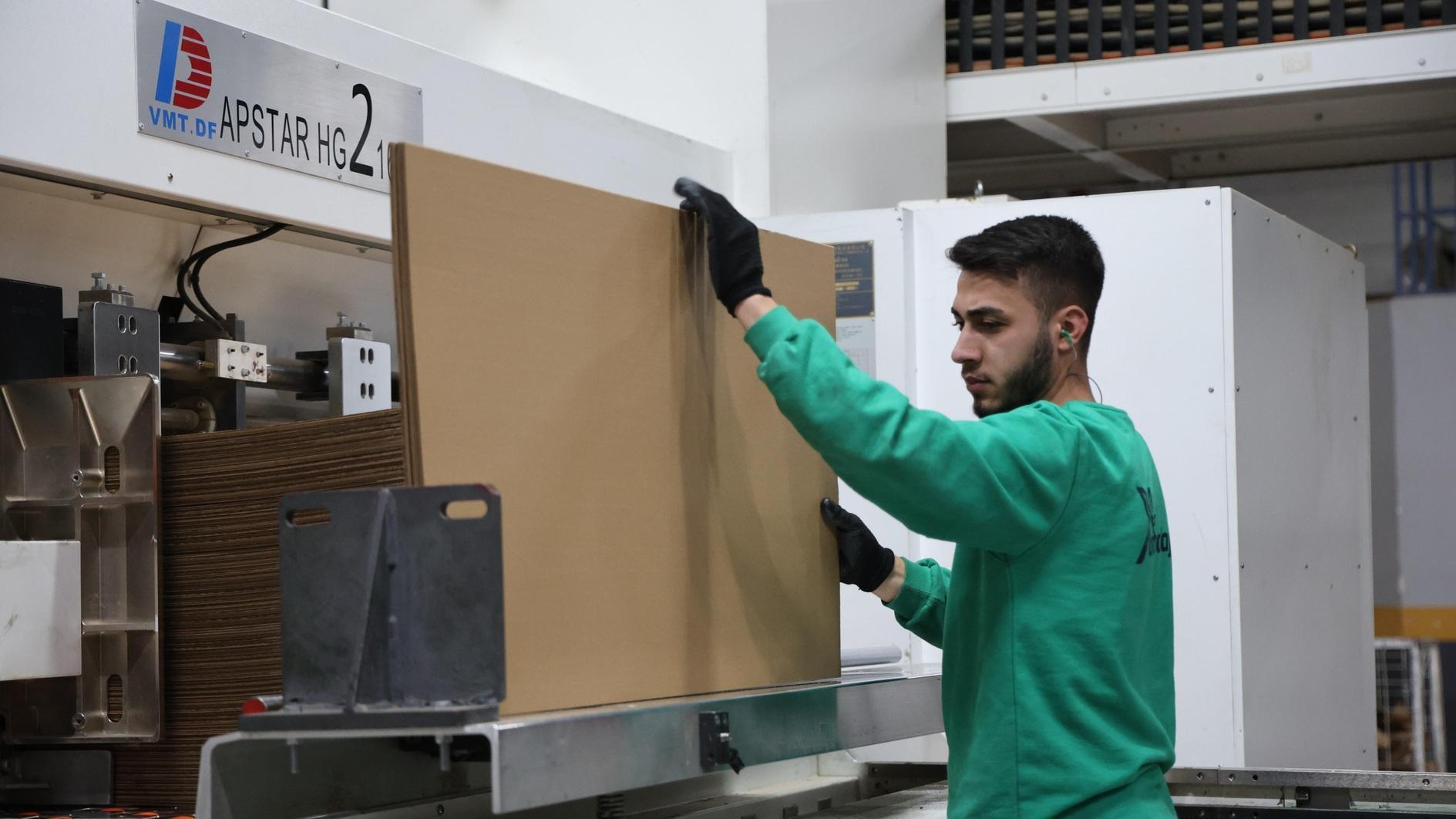Ancient ceramic vessel features Anatolian leopard
BATMAN

A ceramic vessel fragment unearthed during excavations in the southeastern province of Batman's historic Hasankeyf district is believed to feature the image of an Anatolian leopard, a species thought to be extinct in Türkiye until it was first spotted in 2019.
The 2024 excavation season in Hasankeyf, one of the oldest human settlements in the world, has concluded under the presidency of Associate Professor Zekai Erdal from Mardin Artuklu University and a team of experts.
Among the artifacts found was a fragment from the Artuqid period. The fragment, created using the lusterware technique, is believed to depict the Anatolian leopard, as well as tear bottles dating back to the Late Roman period.
“Last year, excavations focused particularly around the Great Palace and its surroundings. We uncovered lusterware ceramics from the Islamic period,” Erdal said.
The most remarkable find, Erdal said, was a ceramic fragment from the Artuqid period, which depicts a scene of animal combat. “The broken piece shows the body of a wild animal, though its head is missing, with the head of a wild goat behind it. We identified an animal combat scene along the vessel's edge. We suspect the wild animal might be an Anatolian leopard. To confirm this, we contacted the Department of Wildlife at the General Directorate of Nature Conservation and National Parks and shared photographs of the artifact. Following discussions, wildlife experts determined that the animal figure is most likely an Anatolian leopard,” he said.
Erdal noted that they hope to find the missing portion of the vessel in the next excavation season. “This Artuqid-era artifact indicates that the Anatolian leopard inhabited the region in the 1200s and that people depicted this animal in their everyday items and artworks. This piece is of significant documentary value,” he said.
He also mentioned the discovery of two tear bottles east of the Great Palace in a cemetery dating back to the fourth century. He noted that tear bottles were associated with pre-Christian beliefs.
















